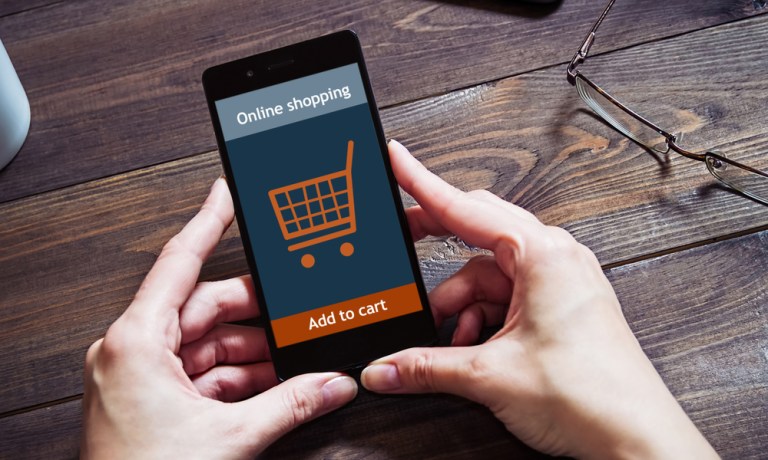Data Drop: eCommerce Numbers Steal Relevance

Is the retail industry looking at the wrong numbers? It could be. While last week’s 16 percent overall spending drop lit up the headlines and scored high on the drama factor, it’s the eCommerce numbers – up 8.4 percent during the same period – that could hold the most importance for the future.
“As predicted, retail sales were bad in April and lower than in March,” noted National Retail Federation (NRF) Chief Economist Jack Kleinhenz. “This should come as no surprise, since April was the first full month when most businesses not considered essential were closed, both in retail and across the economy. But month-to-month comparisons provide little insight other than indicating that most of the economy was on lockdown. Now that we’re in mid-May, many businesses are already starting to reopen. Relief payments and pent-up demand should provide some degree of post-shutdown rebound, but spending will be far from normal and may be choppy going forward.”
Kleinhenz added that he still believes retailers entered 2020 with the economy on solid ground, and he predicts that will still apply at the end of the year. Like many analysts, he cautioned that more time and data are needed to assess the damage to the foundations of the retail economy.
However, there’s a good argument that data is already showing retailers where the opportunity lies. The May 18 PYMNTS COVID-19 tracker shows that the biggest shift in consumers’ usage of the internet to perform routine activities has been how they shop for retail goods. Our research shows that 32.8 percent of consumers are shopping for retail items just as often as they did before the pandemic, only now they are doing so online. This compares to 12.8 percent and 16.1 percent who have made similar changes to their grocery shopping and restaurant ordering routines, respectively.
According to the NRF analysis and others, the 8.4 percent rise doesn’t capture the true spike in eCommerce. Take away automotive sales and restaurants (as the NRF does, to focus on core retail) and online sales are actually up 21.2 percent year over year. Couple that with PYMNTS’ findings that consumers might be waiting for a dramatic event like a vaccine before they will return to stores, and a clear path to opportunity becomes visible.
Other data points support the PYMNTS study. ACI Worldwide reports that April clocked 209 percent growth compared to the same period last year. That tops a 5.3 percent increase in March, when lockdowns first started.
“Trends in eCommerce purchasing behaviors that we began to see in March have continued in April, as hundreds of millions of consumers around the world adapt to the restrictions put in place to inhibit the spread of the coronavirus,” said Debbie Guerra, executive vice president of ACI Worldwide. “Consumers are increasingly making use of click-and-collect options because of convenience and safety – but these changing patterns also attract fraudsters, resulting in a significant uptick in attempted fraud.”
There’s also a case to be made for measuring customer retention and loyalty for eCommerce rather than for overall sales figures. A new consumer research project from loyalty platform DaVinci Payments, for example, shows that artificial intelligence (AI) is playing a bigger part in the battle to keep customers. Programs with advanced personalization derived from deep learning win more loyal customers by offering the most relevant rewards, offers and experiences, according to DaVinci. Smarter loyalty programs that continuously advance personalization build a fortress around best customers, with an unmatched proposition that can only be attained through engagement over time.
“For example, panelists in our study noted that reward choice was very important in a loyalty program,” noted DaVinci Chief Revenue Officer Rodney Mason. “While they like free product, most want reward choices. Open-loop prepaid cards that can be spent anywhere is the top alternative reward of choice, twice as much as other rewards. However, many told us they also want exclusive special offers for items they regularly buy. They told us retailers like Ulta, Costco, CVS, Kroger and PetSmart do this as a supplement to their loyalty programs. Others told us exclusive experiences reserved for select customers are very important to them. GameStop, Starbucks and American Express are some of the brands that emphasize these experiences as an important part of their loyalty programs.”